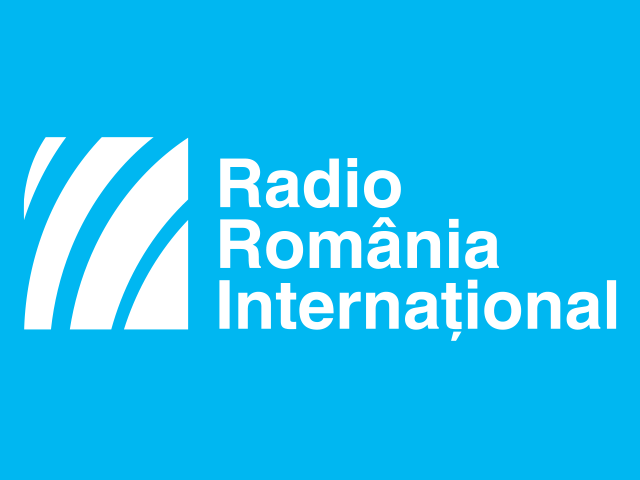The Jewish minority in Greater Romania
The presence of Jewish communities in the Romanian space has been known ever since the Middle Ages

Steliu Lambru, 11.04.2022, 14:17
The presence of Jewish communities in the Romanian space has been known ever since the Middle Ages, when they could be found both inside and outside the arch of the Carpathian Mountains, both in rural and urban areas. Before the terrible tragedy of the Holocaust, the Jewish communities in Romania gave the world scientists, doctors, lawyers, engineers, entrepreneurs, people of culture. After the end of WWII, and the birth of the State of Israel, to which Romanian Jews contributed significantly the number of such communities in Romania dropped dramatically. The 1989 census showed that there were only several thousands left in Romania.
In Greater Romania, according to the 1930 census, the Jewish population numbered 756,930 individuals. The largest and strongest communities were in northern Romania, in Transylvania, Maramures, Bucovina and Bessarabia. After 1918, the Romanian state had committed to observing all the minority rights and so the entire legislation was drawn up or amended to that end. Just like the other minorities, Jews in Romania benefited from economic and religious freedom, freedom of expression, of the press in their own language, of Romanian citizenship and the right to vote. Before the start of the anti-Semitic persecutions in 1938, the Jews in Romania were integrated just like any other ethnic Romanian, as shown by interviews made in 1990 and 2000 by the Oral History Centre of the Romanian Radio Broadcasting Corporation.
Nicolae Catone from the village of Salva, Nasaud County, in northern Romania, was a railway worker between the wars. He was a member of the National Peasant’s Party and in 2000 he was recalling the Jews living in his village:
There were Jews, I remember that the richest of them was one by the name of Aaron. He had a gasoline shop, and a cereal shop. On Easter day his gasoline shop burned down. There were many Jews in the village and we got along well. We had two milk cows and I remember a Jewish woman from across the river, with four kids, who would come and get milk for them. She would milk and wash the cows herself. We had no problems with the Jews.
Adela Feiden was from Vatra Dornei and in 1998 she spoke about the celebrations she would attend as a child in the town where there were 3 synagogues:
We would take part in all celebrations. The temple was open, nobody forbade us to keep our faith. We had the Yiddish theatre at the Culture House, at the Casino. For Hanukah we had the chief Rabi coming. Many other would come to the synagogue and we would always go there for Passover.
Ludovic Kahan was from Baia Mare, the son of a cattle merchant. He worked as a clerk with the Phoenix metallurgical works.
In 1885 the synagogue was opened, and it is still there today. The community was always orthodox and Hasidism in Satu Mare had a strong influence. The Zionist movement was also strong. As regards the town population in 1890, according to statistics, the town had 9868 inhabitants, of whom 702 Jews. In 1910, out of 12,877 inhabitants, 1402 were Jews, and then the number increased to 3623, out of a population of 21,404 in 1941. So, the percentage was pretty high, going up from 7 to 16%.
Rabi Ernest Neumann of Timisoara recalled in 2002 how, before the Holocaust, Romanians and Jews had no issues.
Citizens from this part of Transylvania, which used to be ruled by Austria-Hungary, were more tolerant, more understanding towards the Jews, and they really leaved in peace. I grew up in a community of peasants and nobody would care whether people were Romanian, Jew or Hungarian. There were no barriers of nationality, religion or race separating people, barriers which are artificial anyway.
All testimonies from before 1938-1940, before the Holocaust, speak of a normal life for the Jewish communities in the Romanian space. After that, however, history would change dramatically. (MI)






























